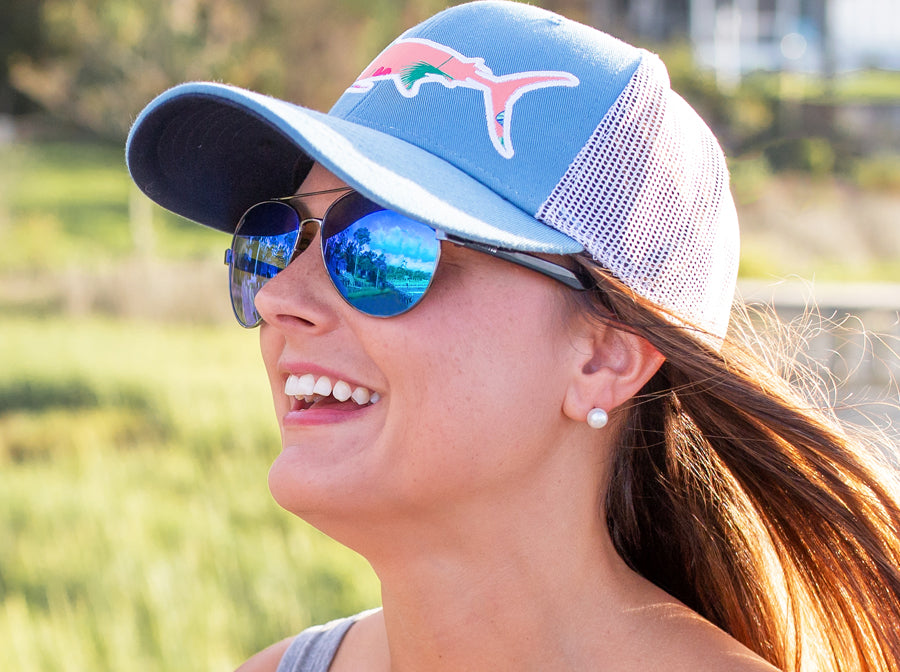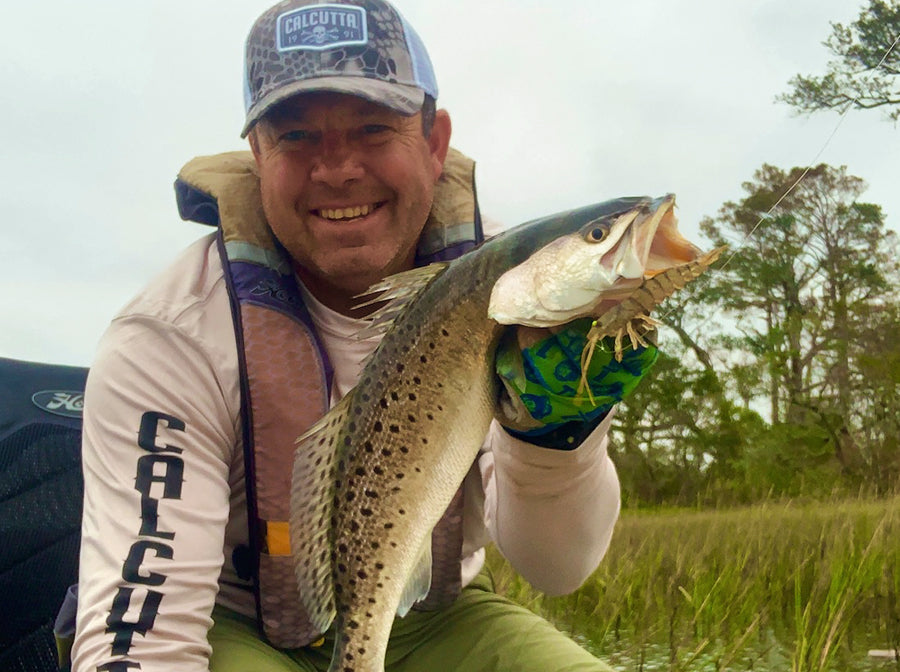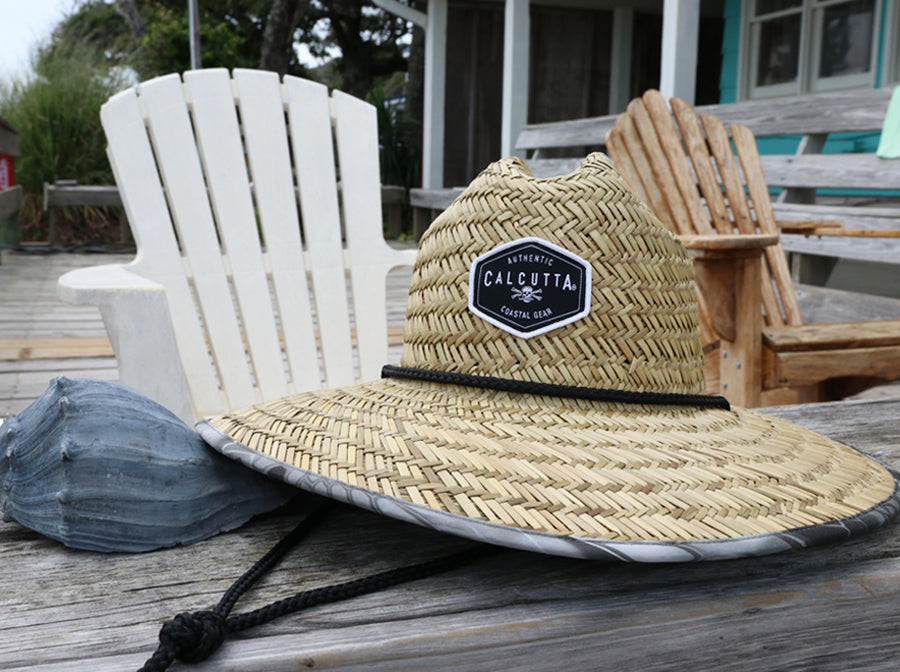How Performance Sunglasses Protect Your Eyes and Improve Your Fishing Game - Ultraviolet light begins raining down at daybreak and the aerial attack doesn’t subside until after the sun sets. The damage it does is often irreversible. Most anglers know to wear proper clothing and sunscreen, but too often the defense is left wide open at the eyes. Thankfully, today’s performance sunglasses offer UV protection and all-day comfort. They can even help you land more fish.
Sunburns, blisters and peeling are reminders that skin has been overexposed, but cumulative UV damage to your eyes waits before surfacing as cataracts or even macular degeneration. Finding the right eyewear alleviates the concern, but there are some key considerations. Here’s a look at the ingredients to consider before you buy.
The Opponent
The frequency of ultraviolet light is higher than the entire visible spectrum, well above what the human eye can detect. There are three distinct forms. Scientists have grouped them by their wavelength in descending order as UVA, UVB and UVC.
The earth’s ozone layer—still recovering from a steady decay caused by the once-widespread use of chlorofluorocarbons (CFCs)—prevents UVC from entering the atmosphere. It also provides moderate protection against UVB. However, UVA rays pass through with relative ease.
The Defense
High-quality performance sunglasses block harmful UV radiation. The polycarbonate or glass lenses help some, but the invisible coatings they wear do the bulk of the work. This protective treatment can be equally effective on tinted or clear surfaces. Heavily shaded sunglasses may look like the ideal defense, but it’s not uncommon for them to provide little or no reduction in exposure.
Fishing eyewear should provide 100-percent protection against both UVA and UVB light. Consult the label, packaging and manufacturer’s website for full details. Lastly, don’t be fooled into thinking the high price of big-name, designer sunglasses accurately reflects performance. You shouldn’t have to spend your next paycheck just to get sunglasses that work.

Layered Zone
UV protection is the primary consideration when selecting angling eyewear, but there are practical advantages when sunglasses wear multiple coatings. Things get wet and fish splash. When the bite’s on, you don’t have time to wipe water drops and dried spots from lenses. Instead of succumbing to the urge to toss them aside when things get messy, choose a pair of sunglasses with a hydrophobic coating. It helps shed moisture from the lens surface, providing a hands-free solution, whether you’re heading out under threatening skies or find yourself landing fish at a furious pace.
Water’s glare is fatiguing and often the enemy. Spotting fish in the shallows is a decided advantage with many species or during certain times of year, but that reflection can obscure the view. Polarized lenses—most often created by the application of an additional coating during manufacturing—cut through the haze. They block light polarized in one direction, yet allow the rest of the visible spectrum through. Eliminate those blinding highlights and you’ll be surprised how many lunkers you can see.
Fishing sunglasses will receive abuse. Even attentive owners get in a hurry and clean them with abrasive paper towels—a cardinal sin for optics of any sort. They will be dropped, tossed aside when tying a line at daybreak and worse. The solution is to select a pair with hard-coat, scratch-resistant lenses like our Discover Series.
Bear in mind, however, there is no scratch-proof lens in existence. The best solution is a case for safe storage and transportation. To protect that investment, some companies provide a microfiber cloth ideal for damage-free cleaning.
Not all light that hits the front of a lens passes through. Some of it bounces off and never makes it to your eye. To minimize that unavoidable law of physics, companies often add anti-reflective coatings.
Lens color is much more than style, too. Gray tones keep color true. Experienced anglers on the ocean and big water prefer blue for its ability to perform while taming glare. Greens and brown help “clear” muddy water enough to spot fish that are otherwise undetectable in murky conditions.
There’s no shortage of options, including a dielectric mirrored finish—not only do they look great, but they increase contrast. Keep in mind, however, that not all mirrored sunglasses provide 100-percent UV protection. Check before purchasing.
The Formation
Not every photon that reaches your eyes passes through the lenses. It sneaks in the sides, below and from the top. To minimize those leaks, quality fishing sunglasses wrap around toward the temples for added protection.
It’s the same successful approach used by mountaineers with their glacier glasses. Anglers, on the other hand, need some circulation instead of the tightly fitted leather shields or oversized polycarbonate frames to prevent entry of ice and debris. For that reason, fishing sunglass designs should never be uncomfortably snug.
The Underdogs
Comfort is key and grossly underrated in scoring a healthy victory for your eyesight. Eyewear that doesn’t go on every time without hesitation is not right for you. Quality manufacturers provide precise dimensions of their sunglasses on their websites to ensure fit. When shopping in a brick-and-mortar store, try on several pairs before deciding. There is no protection or enhanced performance if the sunglasses aren’t worn.
Don’t forget to inspect the guarantee. Subpar lenses, inferior hinges and nominal frames are reflected in sparse warranty coverage—if any is offered at all.
Final Score
UV is a fact of life and health professionals have enlisted a variety of manufacturers to address the daytime concern. The situation isn’t exclusive to fishermen, either. Car manufacturers, for example, use similar laminations in the front and rear vehicle windows. They minimize exposure during your daily commute. Unfortunately, most tempered and untreated side windows let it leak in anyway.
Finding the right pair of quality fishing sunglasses is a healthy choice, one that can improve your comfort and success on the water. Make the right choice, and keep a spare pair around. You’ll probably be surprised how soon you’ll be wearing them for that drive home, yard work, tailgating at the football game, on the golf course and much more.





